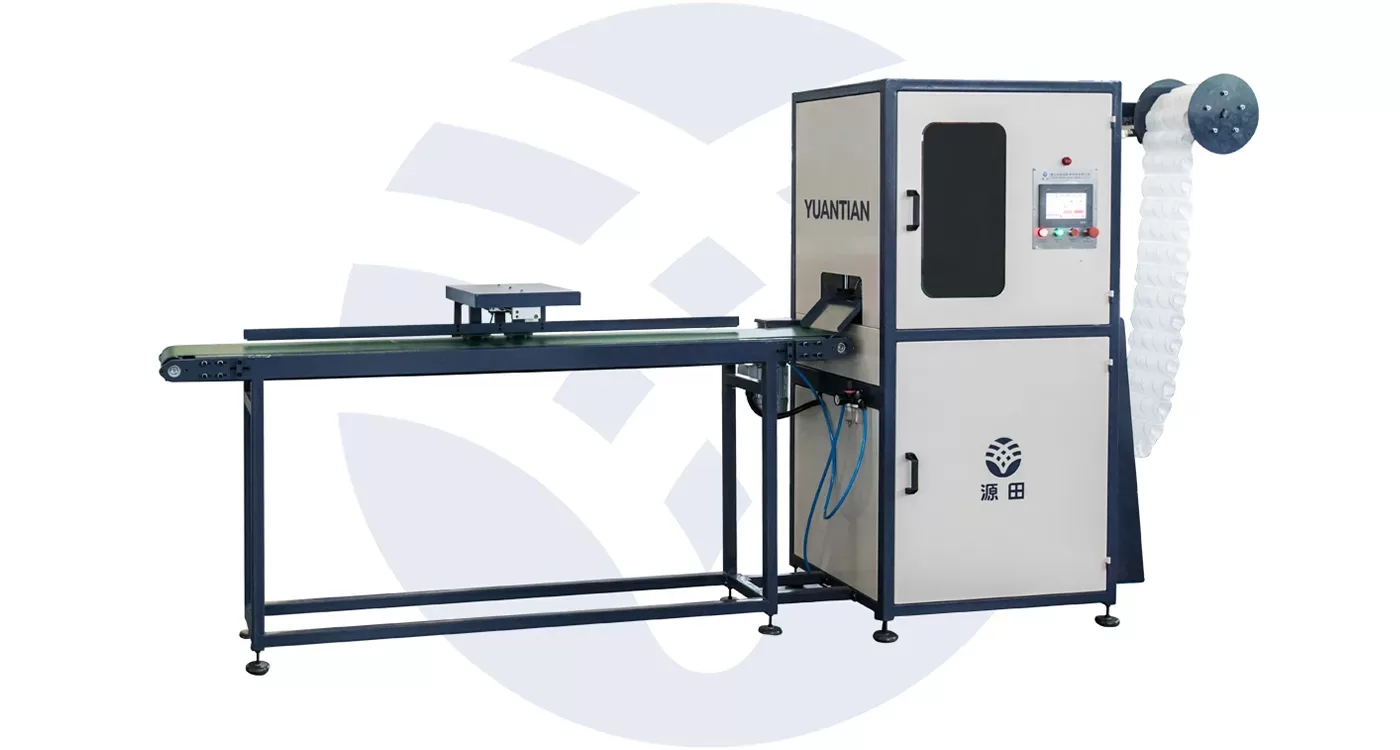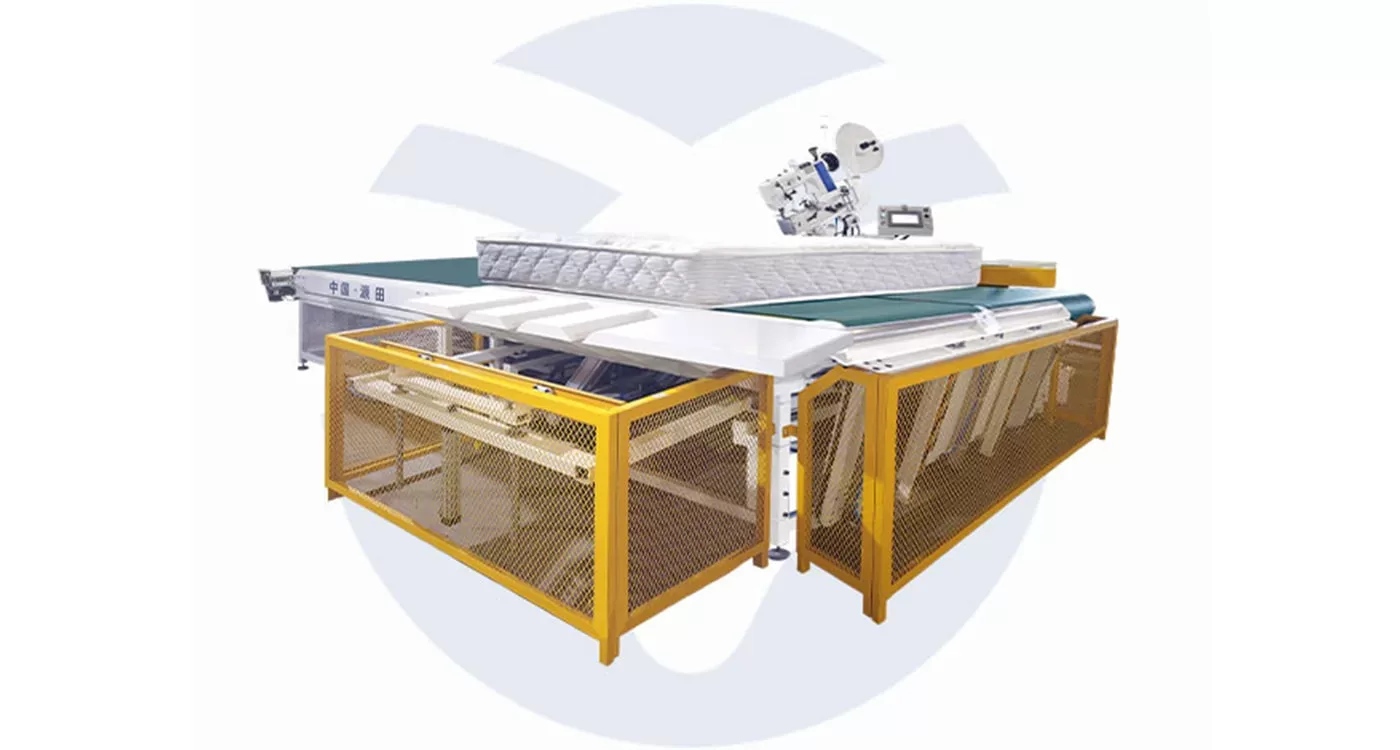- Home » Reducing Operational Costs with Energy-Efficient Mattress Machinery
In the highly competitive mattress manufacturing industry, cost reduction is essential for maintaining profitability. One effective way to achieve this is by investing in energy-efficient mattress machinery. As technology advances, modern mattress machinery not only increases production efficiency but also helps reduce energy consumption, leading to significant savings in operational costs.
This article explores how energy-efficient mattress machinery can impact operational costs, the types of energy-saving technologies available, and best practices for maximizing energy efficiency in mattress production.
The Importance of Energy Efficiency in Mattress Manufacturing
Impact of Energy Consumption on Operational Costs
Energy costs are among the most significant components of operating costs in mattress manufacturing. Machines often run for extended periods, and because production must be continuous, consuming high levels of power. The traditional machinery usually wastes a lot of energy because of poor designs or inefficient motors.
It is self-explanatory that wasted energy means higher utility bills and lower profitability of manufacturing altogether. Replacing traditional machinery with energy-efficient machinery will allow a company to drastically reduce energy costs with no compromise and sometimes even an improvement in production capabilities.
Benefits of Energy Efficiency in the Mattress Industry
The benefits brought by investing in energy-efficient machinery are numerous. Apart from this utility bill factor, energy-efficient machinery normally needs less maintenance as it is constructed with more contemporary materials and parts that are more durable and reliable.
Energy-efficient machinery tends to produce less heat, improving the working conditions for operators and reducing the amount of additional cooling machinery required. These combined advantages of energy efficiency make it one of the prime factors in mattress production in minimizing direct and indirect costs.

Types of Energy-Efficient Mattress Machinery
Energy-efficient mattress machines are available in many different types. Each has some unique benefits, which assist manufacturers in meeting the goal of reducing the consumption of energy and lowering operational costs.
High-Efficiency Sewing Machines
Sewing is an essential operation in the manufacture of mattresses and perhaps one of the largest electricity users. New high-efficiency sewing machines have advanced motor systems to reduce power consumption.
For instance, servo motors installed in low-power sewing machines could decrease power consumption by up to 70%, compared with the previous clutch-motor type. Servo motors also provide accurate speed control, enhancing stitch quality while reducing power consumption during periods of inactivity.
Automatic Mattress Cutting Machines
As for the modern mattress manufacturing line, an automatic mattress cutting machine stands in a very important position. Intelligent control systems in these machines are capable of offering precise and standard cuts. The result is reduced material waste and energy consumption.
Generally speaking, automatic cutting machines are faster and much more accurate compared to manual ones. Therefore, the consumption of energy will be less in production cycles. Some of them are also fitted with energy-saving modes that permit the machine to be turned off on standby when not being used, hence further reducing the energy consumption rate.
Energy-Efficient Quilting Machines
Quilting represents another critical operation in the manufacturing process of mattresses, while quilting machines with ensured energy efficiency do bring considerable cost-saving opportunities. Advanced technologies used in the design of quilting machines ensure maximum power consumption efficiency without compromising performance.
For example, VFDs will allow adjusting the speed of the quilting operation according to the exact needs of the mattress under production. This kind of flexibility ensures that energy is consumed only when it is required and not wasted on low-speed operations or during idle times.
Efficient Mattress Compression Machines
Mattress compression machines, which are designed to compress mattresses for packing and shipping, can also be made to save energy. Most modern-day compression machines have energy-efficient hydraulic or pneumatic systems, requiring less power to function at high levels of compression force.
Some even include regenerative braking systems, which convert the applied energy used in compressing into reusable electrical energy inside the machine for further reduction of its energy consumption.
Technologies That Enhance Energy Efficiency
Servo Motor Technology
Perhaps the most significant development in energy-efficient mattress machinery comes from servo motor technology. Unlike traditional motors, servo motors work on demand: they use energy only when the machine is working.
This can amount to significant energy savings, particularly on those machines that go through start-stop cycles repeatedly, such as sewing and quilting machines. Another positive attribute of servo motors is that they have high efficiency in converting electrical energy into mechanical motions. This saves the probable loss of energy during operations.
Variable Frequency Drives (VFDs)
Another critical energy efficiency enabler is variable frequency drives. VFD enables a manufacturer to vary the speed of his machinery based on current production requirements and, subsequently, its power consumption.
This prevents machines from running at full capacity when it is not necessary and saves enormous quantities of energy. In applications like quilting and cutting, this technology is specifically applicable because the speed of the machinery is able to fluctuate based on the complexity of the operation.
Energy Management Systems
Energy management systems are now a common feature in mattress manufacturing facilities. Such systems track the energy use of machines throughout the facility and supply data about power use in real-time. From this, a maker will be able to tell patterns in operation specifically those that lead to inefficient use. The information gained allows for informed decisions on how to optimize the consumption of energy.
In addition to this, the system can be integrated with other factory management software programs and then used to automate the regulation of machine operations automatically: when the machines do not need to use energy, the system will shut them off.

Best Practices for Maximizing Energy Efficiency in Mattress Production
While investing in energy-efficient machinery is an important step, it is equally important to introduce best practices to maximize the potential energy savings.
Regular Maintenance and Servicing
Corrective maintenance will ensure that energy-efficient machines can run at full capacity. Regular inspection and servicing of the equipment prevent mechanical inefficiencies, which eventually result in higher energy consumption.
As an example, worn-out bearings or misaligned belts in sewing machines make the motors do extra work than what is necessary to perform particular tasks. Scheduling regular maintenance ensures everything is running correctly for a reduction in energy uptake.
Optimizing Production Scheduling
Another good energy reduction approach involves optimization in production scheduling. Continuous running of machines during peak hours consumes more energy than actually needed.
If a manufacturer can stagger operations or schedule processes that require high amounts of energy during off-peak hours, electricity is much cheaper and thus allows the manufacturers to take advantage of reduced energy rates. In addition, placing the machines in power-off or power-saving modes during idle times will help prevent the imparting of extra energy.
Training Employees on Energy Efficiency
Employee training is another important aspect of maximizing energy efficiency. Operators should be trained on how to use energy-efficient machinery properly, including the use of energy-saving features such as standby modes or variable speed settings.
Employees should also be made aware of the importance of turning off machines when they are not in use and reporting any issues that may affect energy consumption, such as unusual noise or vibrations in the machinery.
Conclusion
Energy-efficient mattress machinery offers manufacturers a valuable opportunity to reduce operational costs while maintaining high levels of production efficiency. By investing in modern machinery equipped with energy-saving technologies such as servo motors, variable frequency drives, and energy management systems, manufacturers can significantly cut down on energy consumption.
Furthermore, implementing best practices like regular maintenance, optimized production scheduling, and employee training can help maximize the potential savings. As energy costs continue to rise, embracing energy-efficient machinery is not only a smart financial decision but also a step toward sustainable manufacturing practices in the mattress industry.
Связанные с ними товары

















